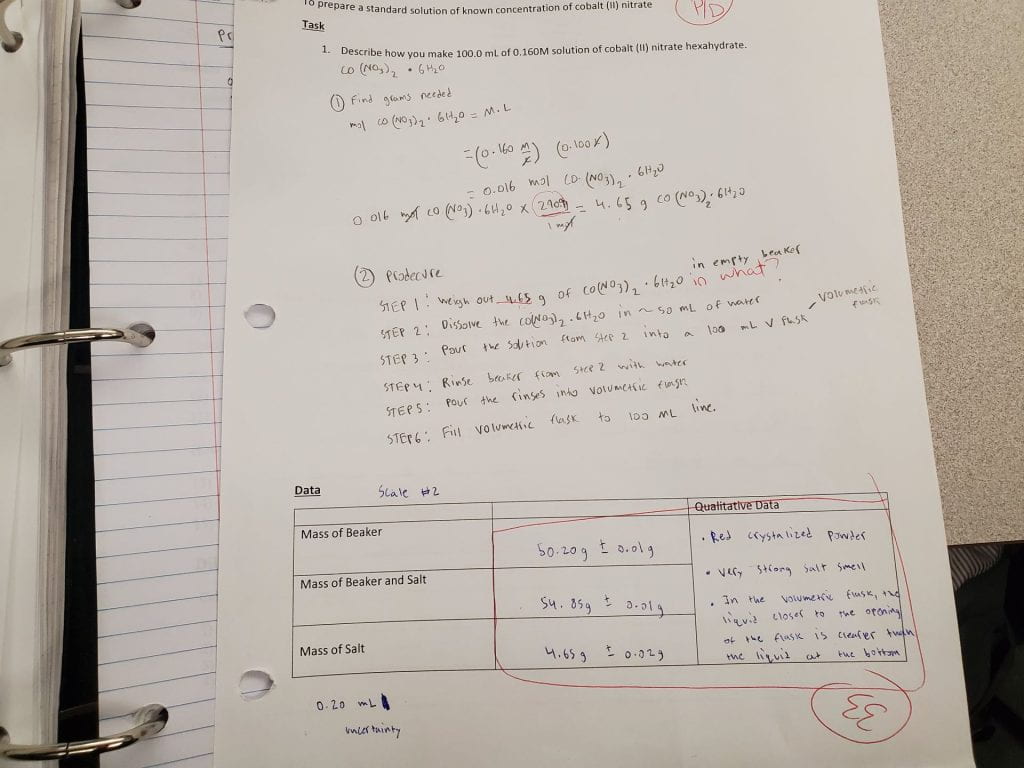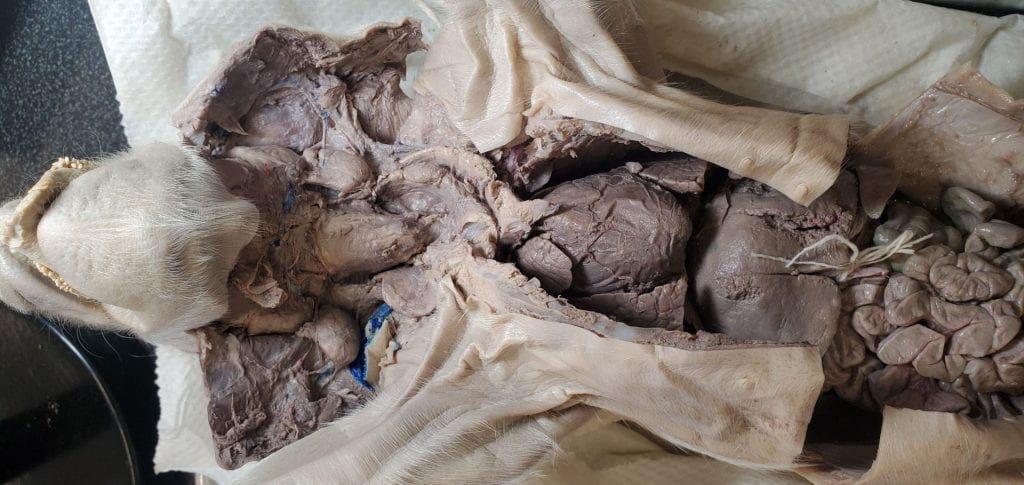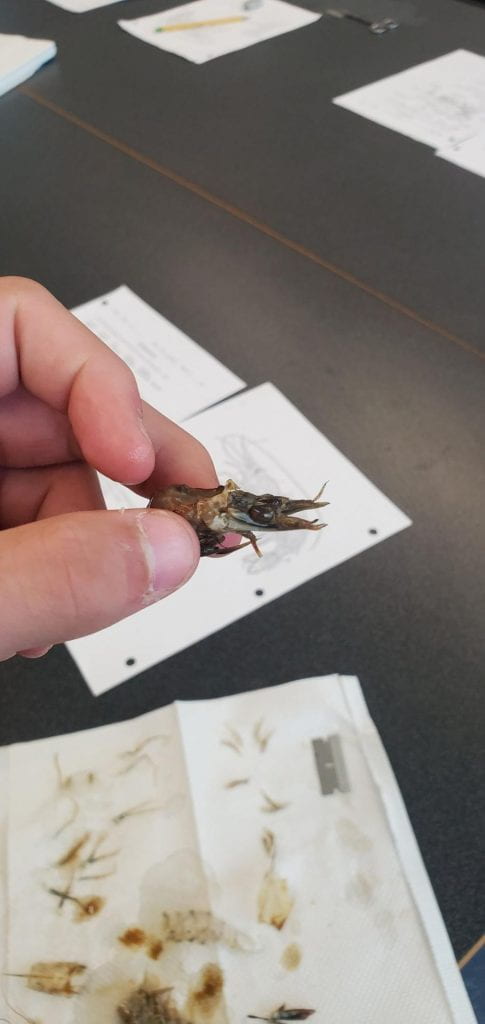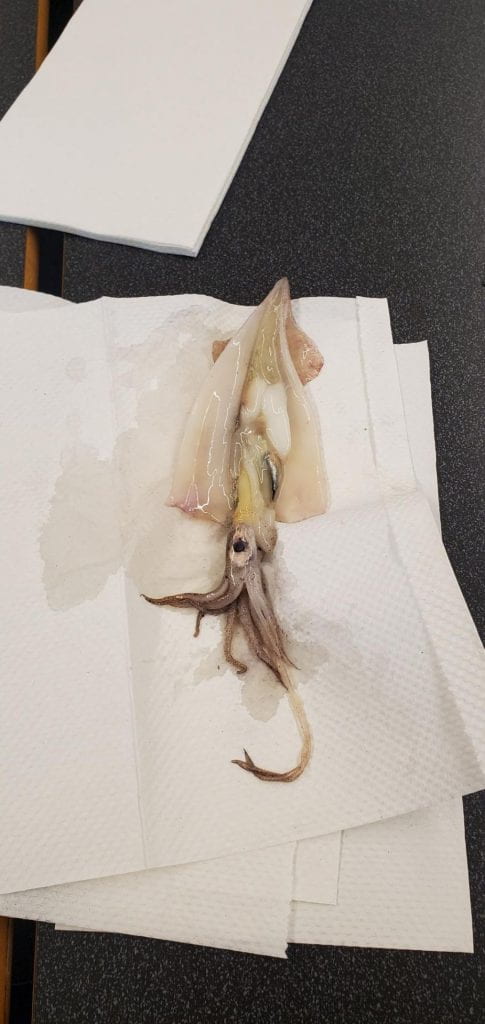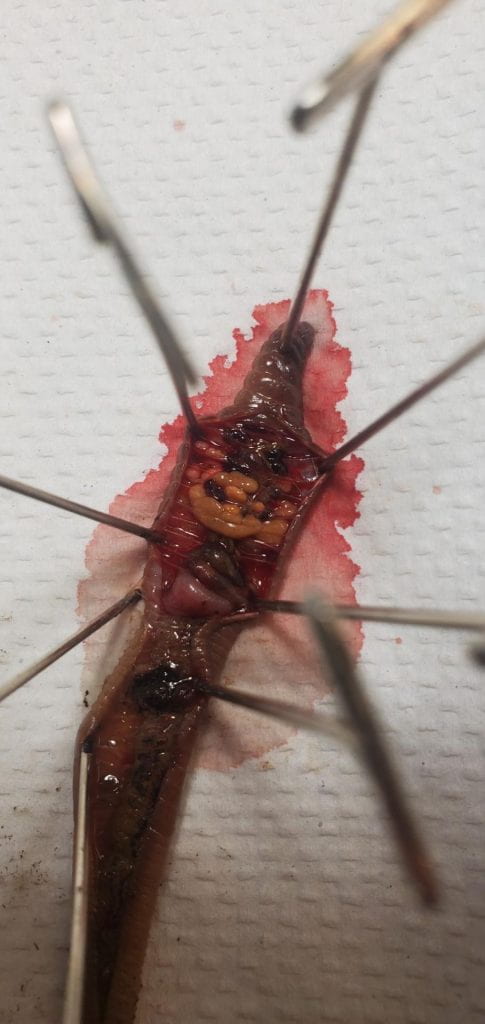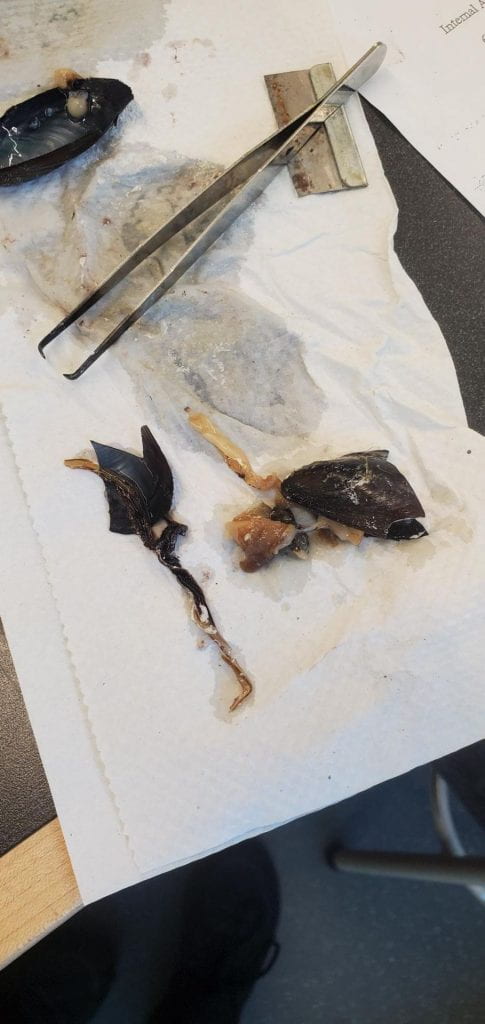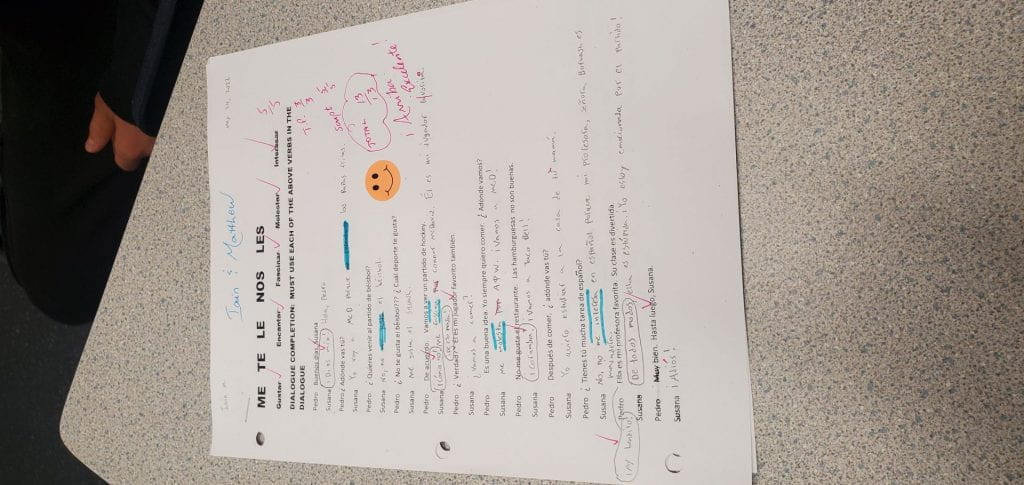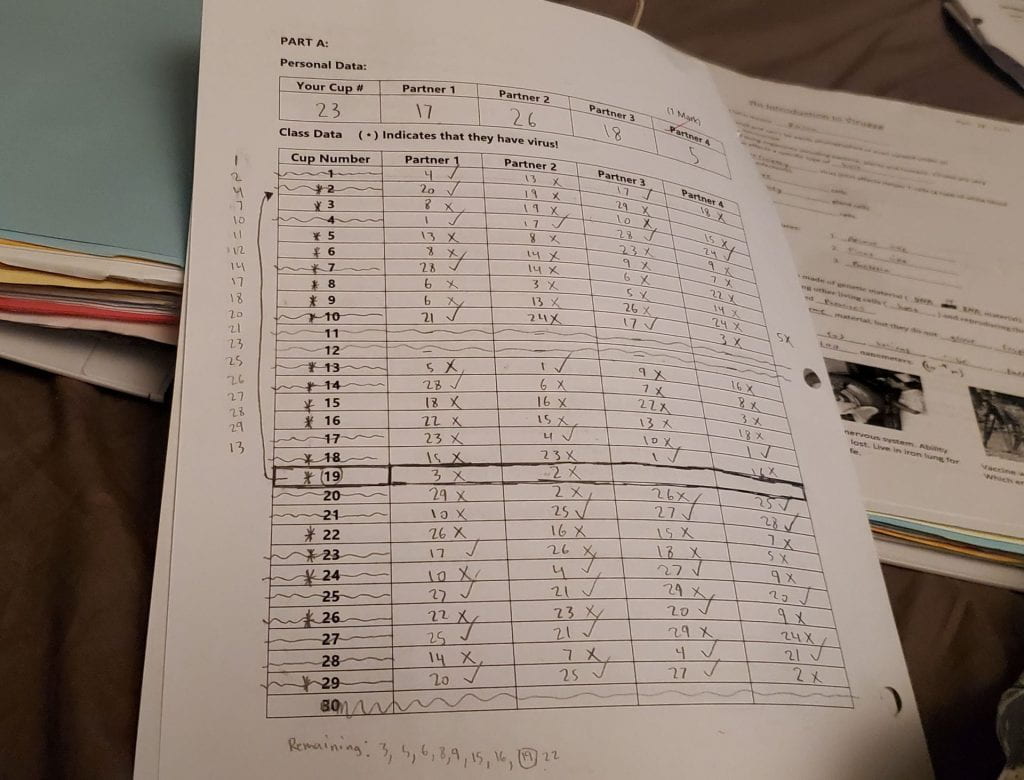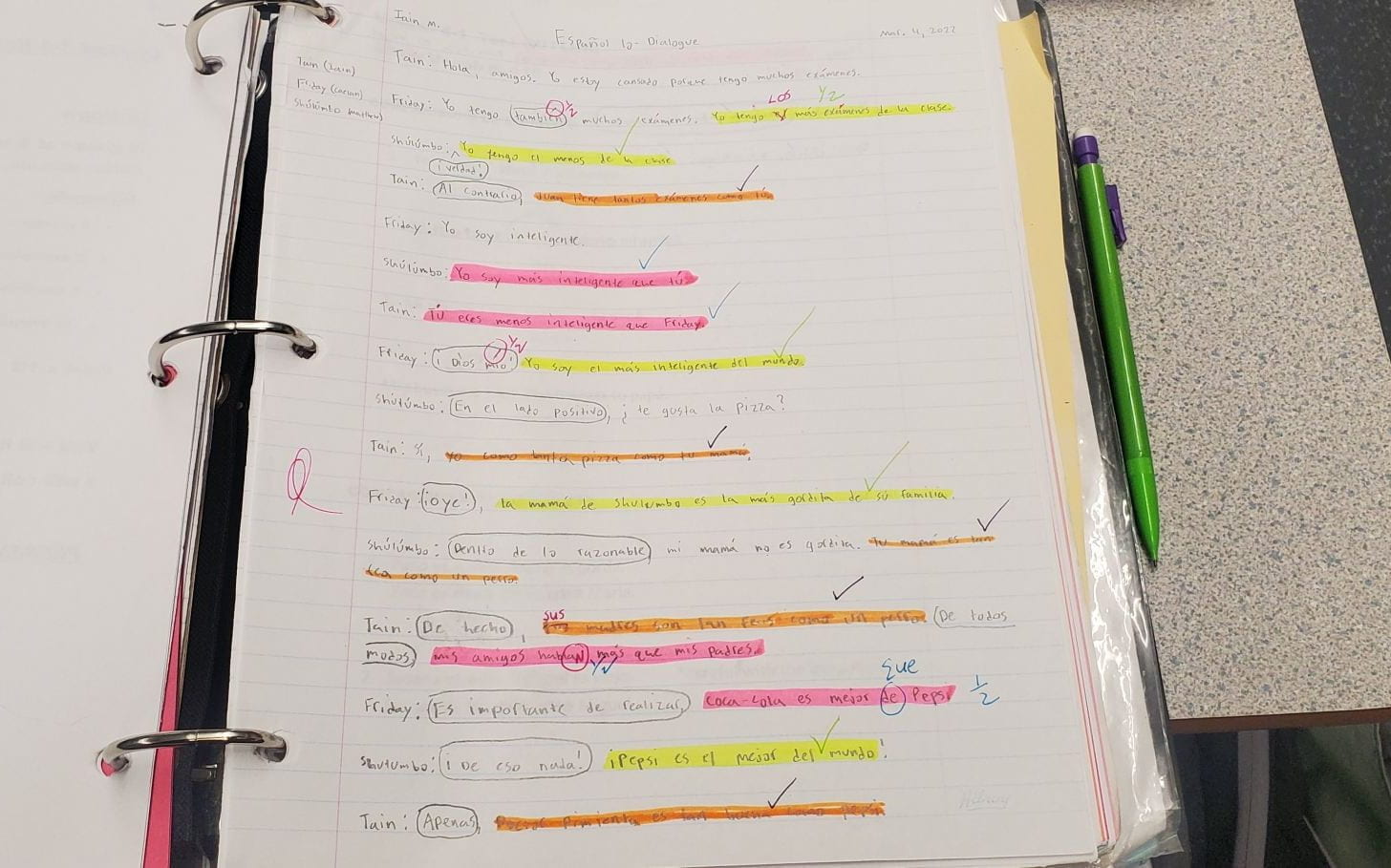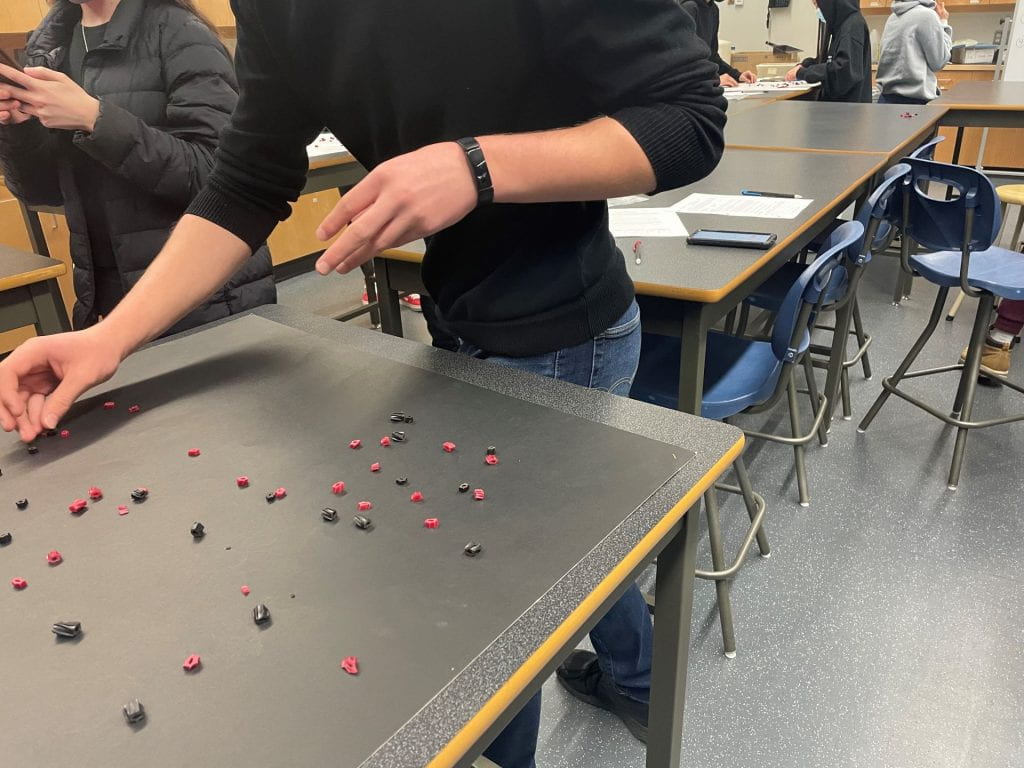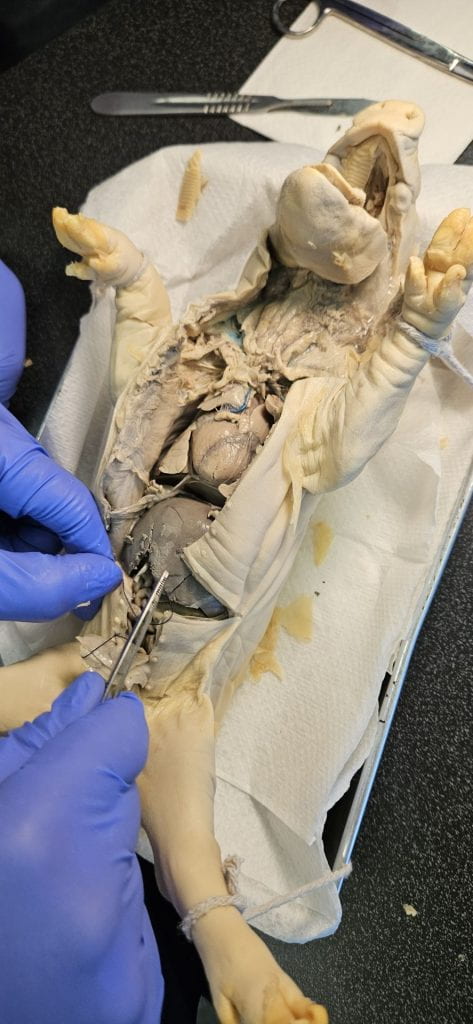
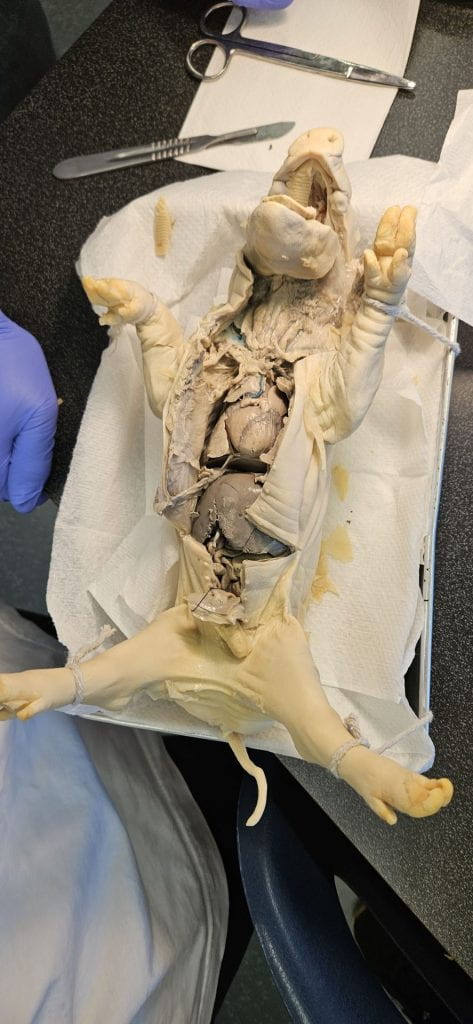
These images are of the pig mid dissection. The picture on the left shows the tying of the umbilical vein, while the one of the right shows the internal organs of the fetal pig.
Communication
I can take on roles and responsibilities in a group; I do my share. The ways I communicate at school are far different than how I communicate at soccer or any other extra curricular activities I participate in. In groups at school, I always assume a leadership role, no matter the subject. This group was no different. I communicated with my partners very well, and they were alright with me being the group “leader”. Though this was the case, I probably had the scalpel blade in my hand for the least amount of time. My groupmates wanted to do the cuts, and I assisted them and directed them on where to cut and how deep. I asked my groupmates to text or call me if they had any misunderstandings or questions regarding the lab.
Thinking
I can analyze my own beliefs and consider views that do not fit with them. When you have multiple members of a group, the group will always have differing ways of tackling issues. In this scenario, this is where it’s important to be understanding of the wide spectrum of beliefs and thoughts that every group member will have, and find a happy medium so all members of the group are satisfied. This happened when we were taking out the digestive tract of the pig. Everyone had different opinions on where we wanted to cut the esophagus in order to maximize the length. After a few harsh words and a mini-argument, we eventually came to an agreement. I always have an open mind while working with my peers.
Personal Social
I can be kind to others, and support others when they need it. Throughout this lab I kept a cool head with my lab partners and even if I disagreed with something we were doing, I stayed composed and suggested that maybe we try something else instead. Seeing as I’d already done this lab once before, many of my classmates approached me in need of guidance with their own labs. I created time for everyone that asked for my help and assisted them with their dissection. Helping others when I know I can offer positive insight is something I will always do, no matter who the people are in need.

